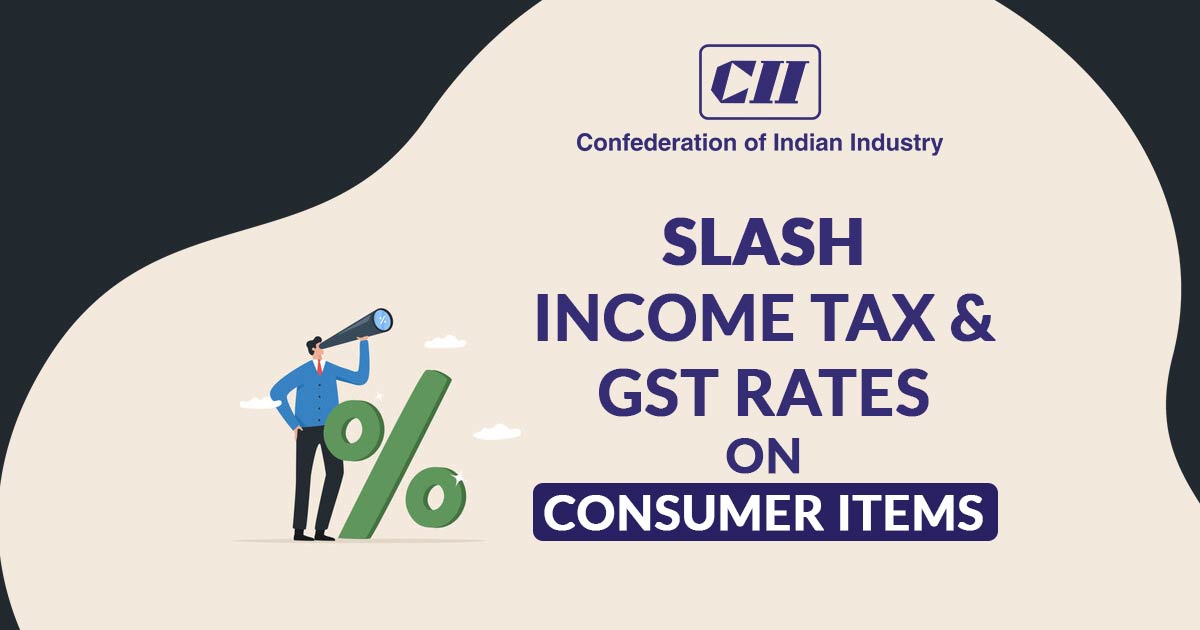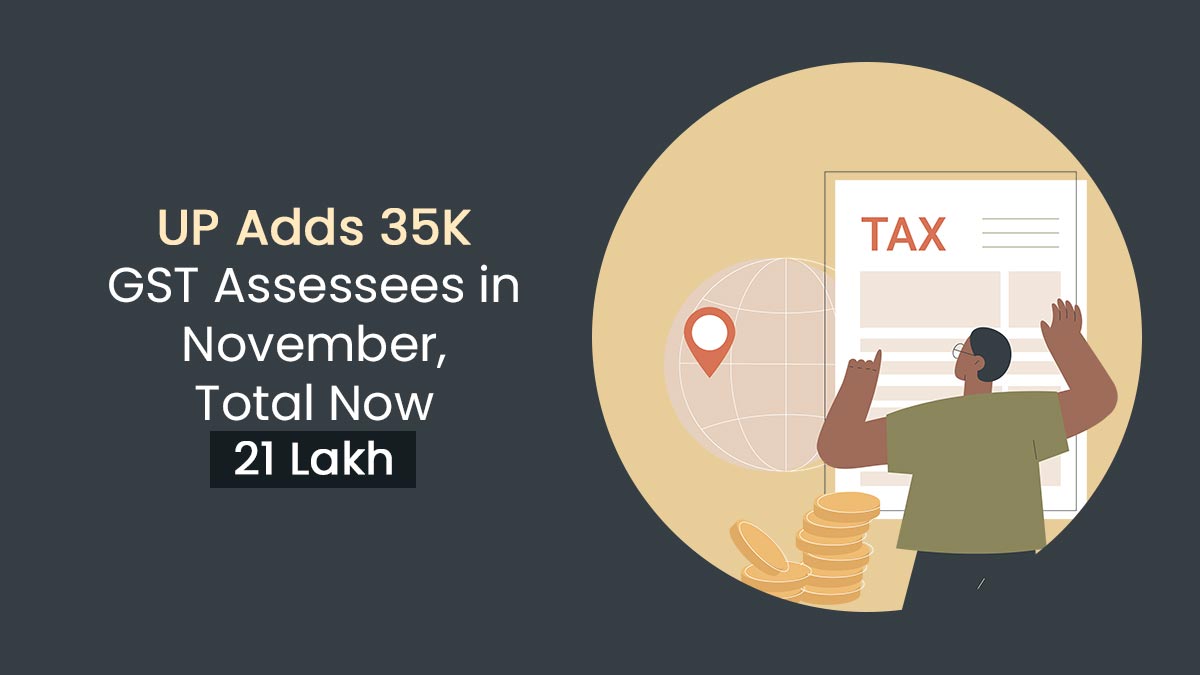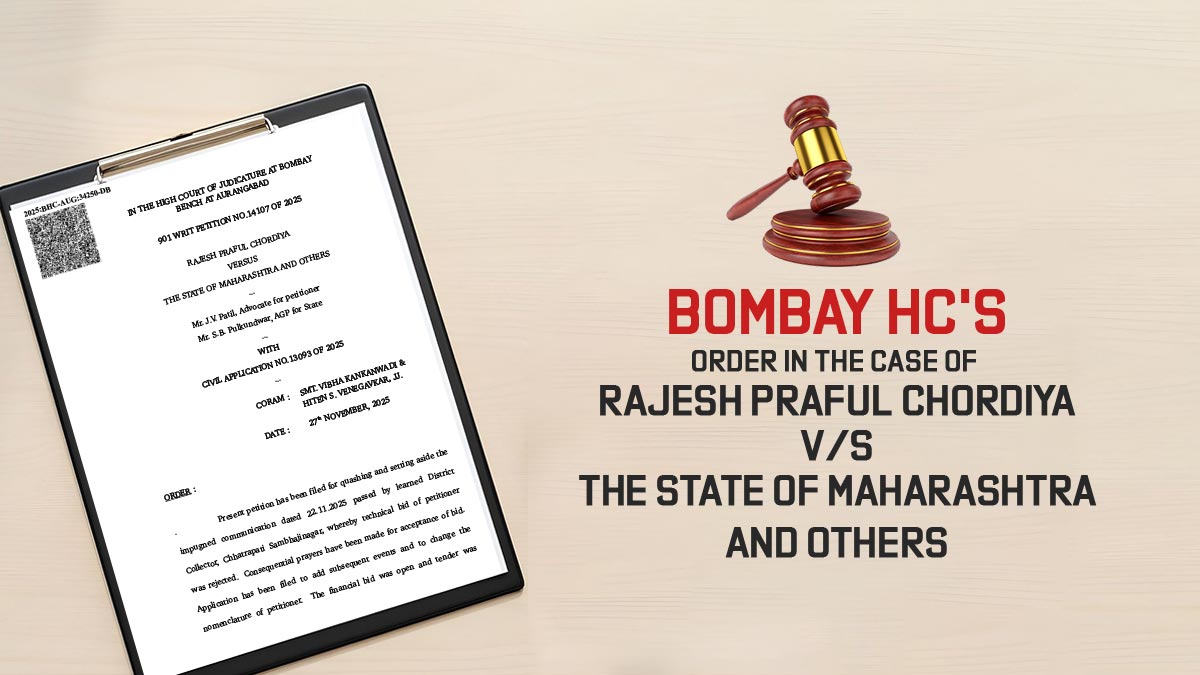
A day prior to the central Finance minister Nirmala Sitharaman starting the customary pre-budget meets with the stakeholders, the confederation of Indian Industry (CII) asked for a reduction in the personal rates of the income tax for reviving the demand.
The same can provide the advantage to nearly about 5.83 cr people who become part of the income tax regime since the same could be furnished to the income tax returns for the AY 2022-23.
The same proposal might surge the amount of money in the hands of those who provide the direct taxes on the income, the additional major proposal through the industry body CII when the same is accepted, the same can be directed for the reduction in the cost of the commodities that draws the higher GST rates.
CII recommended the central government must acknowledge lessening the 28% GST rate on precise consumer durables.
GST Law Decriminalization
In the other proposal, the industry seeks the government to decriminalize GST. The argument, there are enough penal provisions for the solution against tax evasion which is inbuilt into the GST law.
The suggestion mentioned, the applicability of the prosecution provisions must not be on the basis of the total amount of the evasion of the tax “on real intent to evade the taxes along with a certain percentage of the tax payable”.
Is the Execution of the Strategy Hard?
CIIs’ offer on the income tax is hard to perform for the FM provided the situation of the revenue. In the month of September, the department of revenue release specified that Direct Tax net collections for the FY 2022-23 (as of 17/9/2022) do stand at Rs 7,00,669 crore, compared to Rs 5,68,147 crore in the related duration of the FY 2021-22. The same shows a 23% rise.
The Net Direct Tax collection of Rs 7,00,669 crore(net of refund) included Corporation Tax (CIT) at Rs 3,68,484 crore and Personal Income Tax (PIT) including Securities Transaction Tax (STT) at Rs 3,30,490 crore.
Identically, in the proposal for the decrease in the highest GST slab rate, the GST council must provide a recommendation. Revenue Secretary Tarun Bajaj mentioned, the government would be for lessening the tax slabs in the GST regime.
“The government would want to continue with the top GST slab of 28 per cent for luxury and sin goods while looking to narrow down rates between 5-18 per cent slabs to two to begin with before making GST a single mean rate tax system,” he articulated.
Rs 1,51,718 crore, was the GST collection in the month of October. The same was the 2nd highest since July 2017 when the GST arrived, Rs 1,67,540 crore was incurred in April which was the highest-ever GST
Rationalization Subsidies on Fertilizers and Fuel
For expenditure rationalization, CII highlighted the requirement to reduce the non-priority expenditure via rationalizing the subsidies like fuel and fertilizers. The council has claimed, that economic unsustainability is there in the non-merit subsidies since they consist of a staggering 5.7% of GDP, of which 1.6% is from the Centre and 4.1% from states.
For Restoring the Investment
The council suggested reviving the investment in which the government must raise the capital expenditure from the current 2.9% of the country’s Gross domestic product (GDP) to 3.3-3.4% in the next fiscal year 2023-2024. The same seeks the speeding up the capital that has been spent via the government to 3.8-3.9% by the Fiscal year 2025.
CII offered to meet its divestment targets, but the government must escalate the PSU privatization procedure in the forthcoming financial year.
While the industry body has mentioned its suggestions on the slew of problems which consists of green and rural infrastructure projects.
Suggestions by CII for Budget 2023
- Diminish the personal income tax rates to revive demand
- Reduce a 28% GST rate on the chosen consumer durables
- Decriminalize GST law
- Enhance the employment generation through the hike in rural infrastructure projects
- Hike capital spending to 3.3-3.4 per cent of GDP in FY24 from 2.9% which is at present
- Higher outlays for green infrastructures like renewables and traditional infrastructures such as roads, railways, and ports
- Described procedure for drawing down the fiscal deficit to 6.0 per cent of GDP in FY24
- Draw speed to PSU privatization
- Subsidy rationalizing for fuel and fertilizers to cut non-priority expenditure








